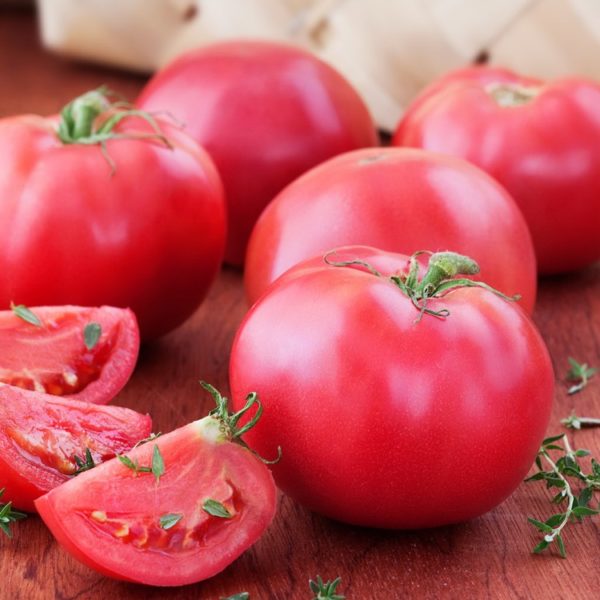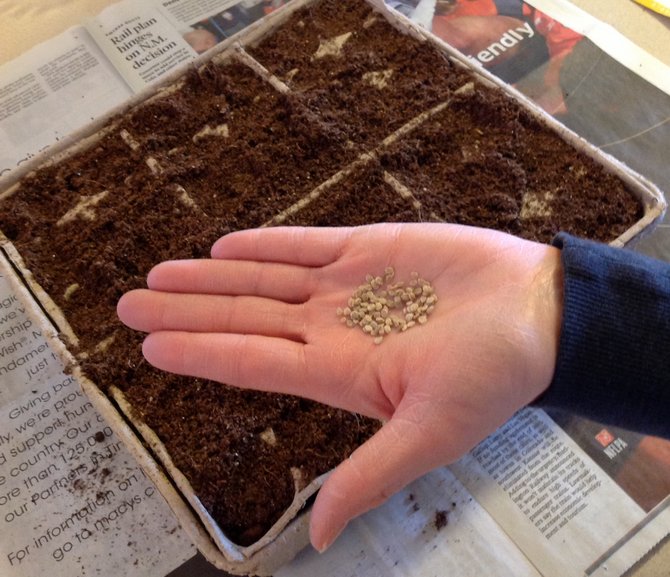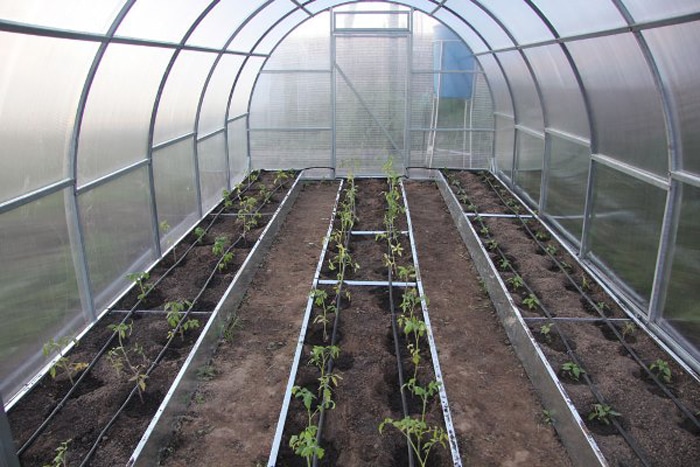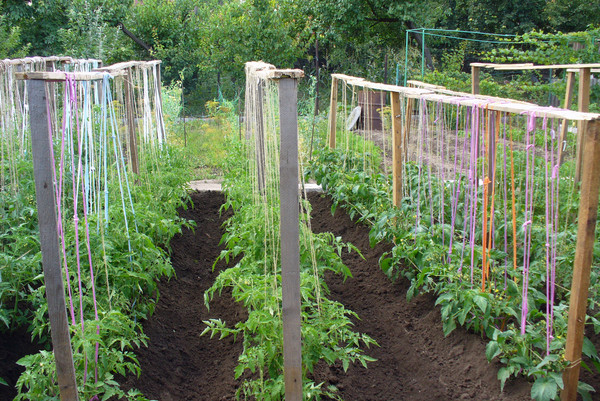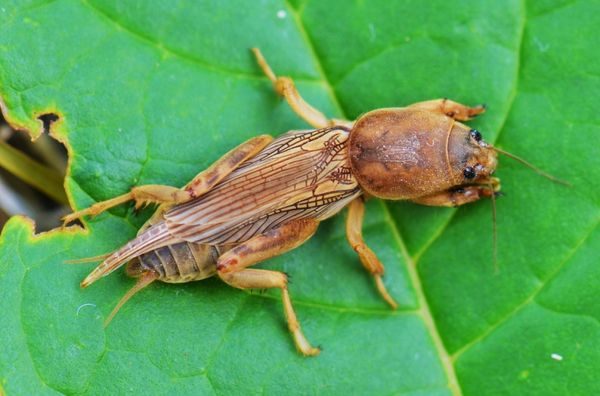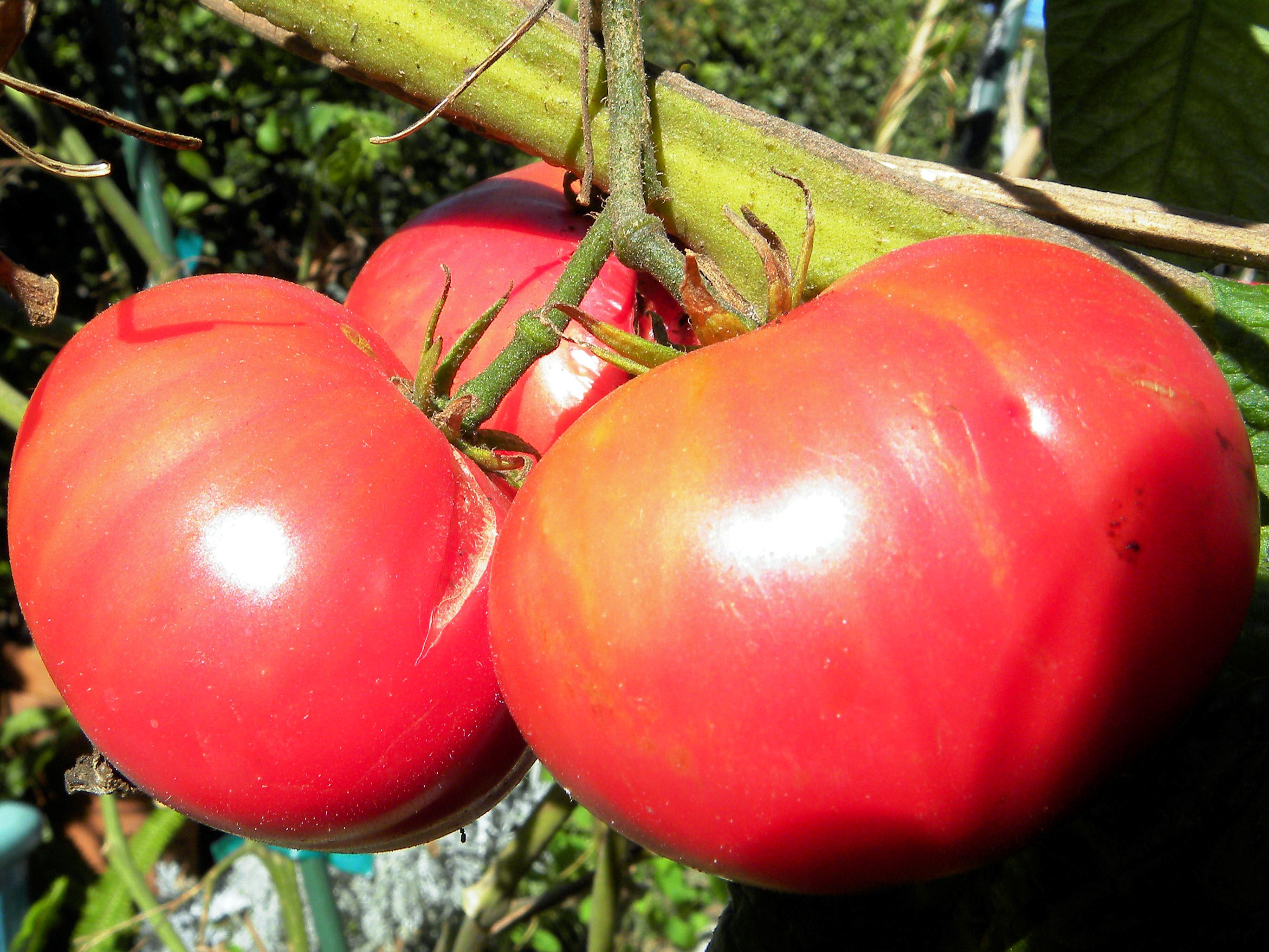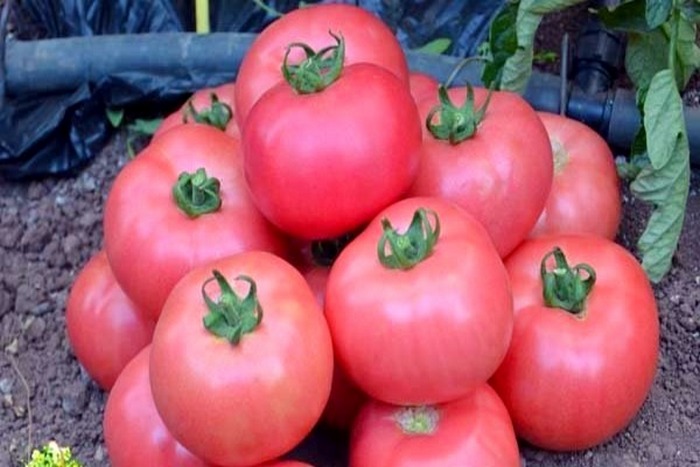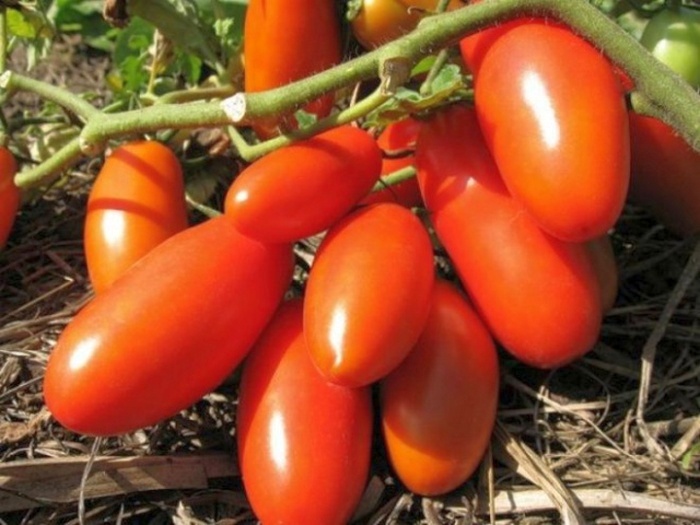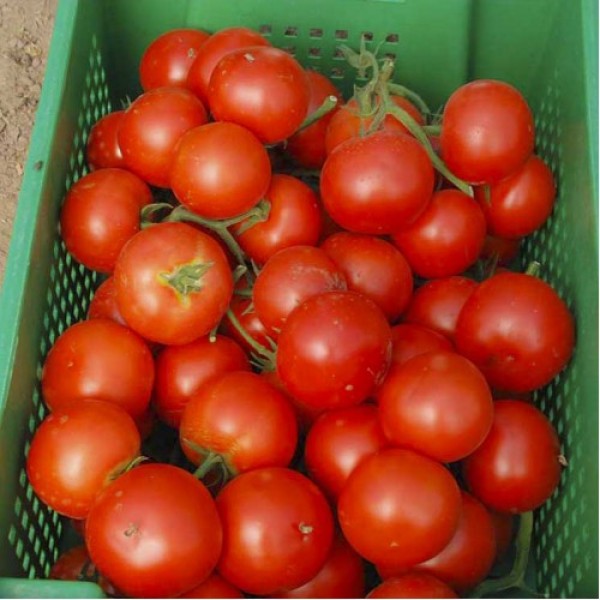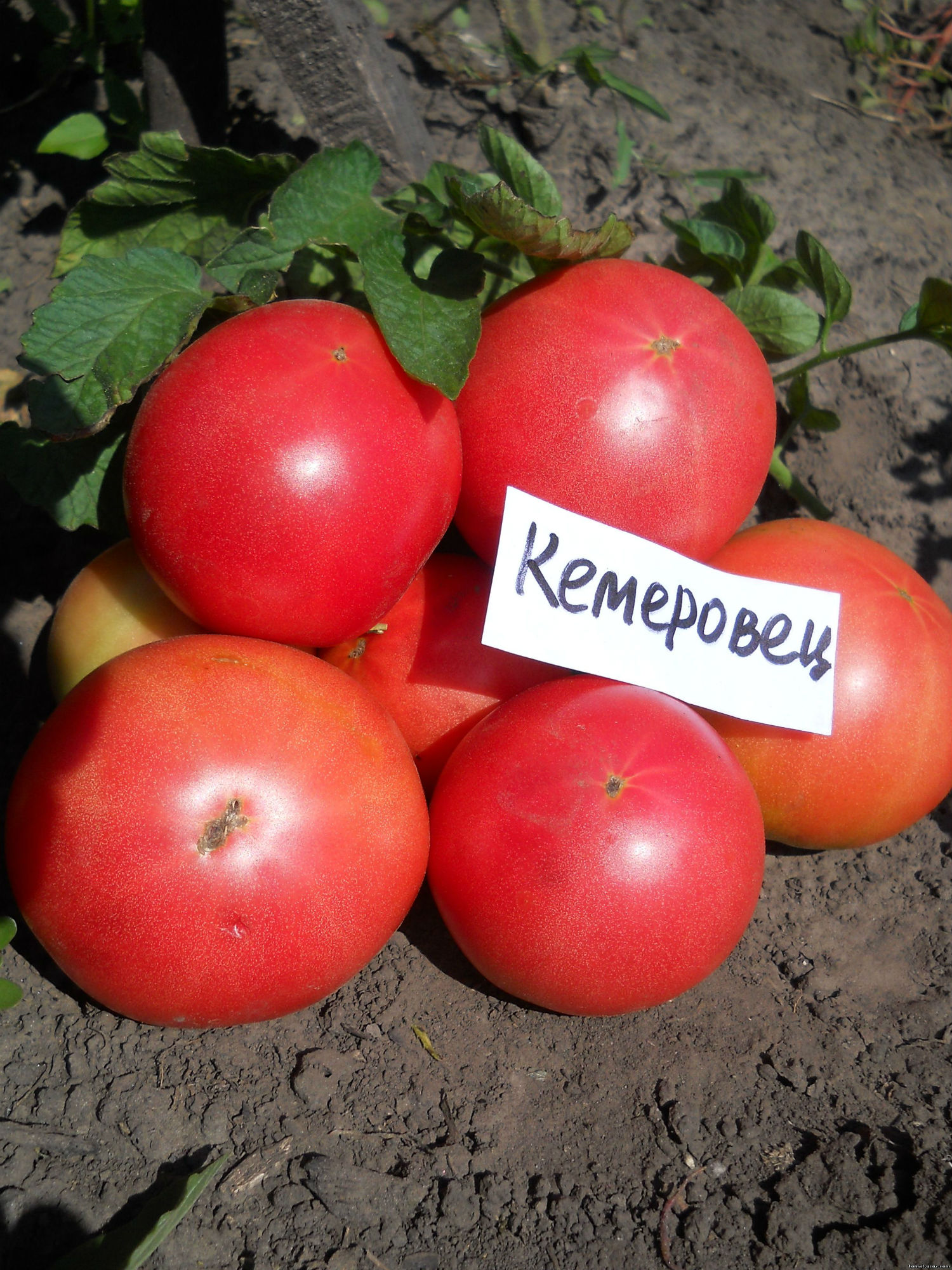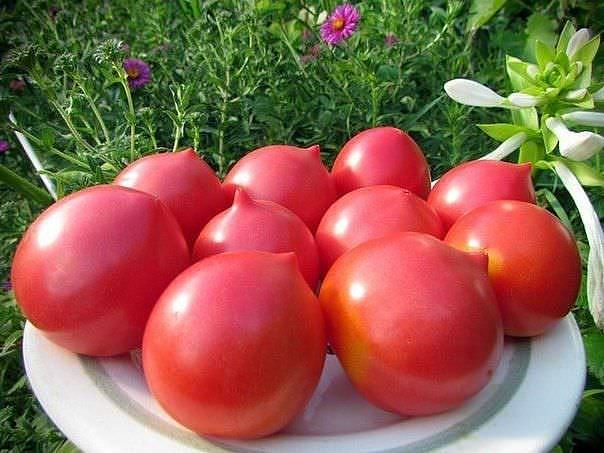Content:
Tomato Raspberry ringing characteristics and description of the variety belong to the salad group with excellent taste and stable yield. The tomato variety bred by Russian breeders is hybrid. Since 2009, it is in the State Register of the Russian Federation as a variety of tomatoes for open ground, film and stationary greenhouses.
Characteristics and description of the variety
Hybridization in breeding is always aimed at improving taste, yield, and the possibility of long-term storage. It is important to get a variety that is resistant to tomato diseases. Tomato variety Raspberry Jingle is a variety of hybrid varieties in the first generation f1. The hybrid has proven itself well in the southern farming zones of the Ciscaucasia, Moldova and Ukraine. Gardeners of central Russia also successfully cultivate this variety of tomatoes, but in stationary greenhouses.
Crimson ringing is a powerful plant, but does not belong to the standard plant. In open ground beds or a greenhouse, the bush is formed into three stems, which must be tied to stakes or trellises. The bush has an average number of leaves of a dark green color, with a regular shape. Leaves are dense to the touch. With timely feeding and proper care, the root system of the bush develops well, thereby providing the plant with all the necessary nutrients. Tomatoes of the variety are pure determinants, having medium-sized bushes from 60 cm to 1 meter. At this height, the plant stops growing and cuts. Further nutrients are directed to the development of fruits.
Fruit clusters start above 5-6 leaves, then clusters are formed above every second leaf. In total, on the bush, you can count up to 8 brushes with the number of fruits in them from 4 to 6. Tomatoes of the Raspberry ringing have fruits of a round shape with a slight ribbing, rich crimson color. The skin of the fruit is thin and glossy. The pulp is juicy, fleshy, aromatic. The weight of a tomato of the first harvest can reach 300 grams. Further, when mass-harvested, tomatoes have an average weight of 200 grams.
This hybrid variety belongs to early ripening tomatoes. Ripening period - 3-3.5 months. The harvest of tomatoes on average from 1 square meter can be removed up to 20 kilograms of fruit.
Agrotechnics
It should be noted that the hybrid gives a good harvest if the rules for growing seedlings and caring for planted plants are observed. You need to start with preparing the soil. It should be highly fertile, with neutral acidity.
Planting seeds and diving
Before planting seeds in prepared boxes with a land mixture heated to 25 ° C, it is recommended to treat them with a growth stimulator for Solanaceae. If you wet the seeds in a solution of fertilizer Malyshok before planting, they will sprout together. Sowing is done in the last week of March or early April. To make it convenient to dive the seedlings, the seeds are laid out in grooves, 2 cm deep. The distance between the seeds is better to make 2-3 cm, for the convenience of diving. Sprinkle the seeds with earth and press down slightly, removing the presence of air in the ground. Sprinkle sowing with warm water from a spray bottle and cover with foil. The humidity in the mini greenhouse will promote rapid seed germination.
Sprouts appear in a week. The shelter is removed, and when the first two well-developed tomato leaves appear, the seedlings are dived into prepared peat cups. After transplanting, the seedlings need to be watered and continue to wate as needed, preventing the soil from drying out. It is recommended to feed the seedlings after 2-3 days with complex fertilizers to stimulate growth. It can be Baby or Nitroammofosk. They help the seedlings cope with stress and improve root development.
Two weeks before planting the plants in a permanent place, they are hardened with cool air. Seedlings are either taken out into the street, if it is warm and not windy, or they open a window or transom so that fresh air comes in, but the seedlings should not stand in a draft. Before planting seedlings in the ground, in 7-10 days, fertilizing with potassium-phosphorus fertilizer is carried out.
Transplanting
At the age of 2 months from the moment of germination, the seedlings are planted in the greenhouse. Plants can be planted on open ground beds 1.5-2 weeks later. The main thing is to wait out the last frost in May. It is better if there are arches with a film coating above the tomato beds. In this case, it will be possible to cover the tomato seedlings in case of unexpected cold snaps or thunderstorms.
The scheme for planting tomatoes requires maintaining a distance between the bushes of 50 cm and rows of 70 cm. The first feeding in the hole of the bush must be done 10 days after planting. This will be a nitrogenous fertilizer for growing leaves and good rooting.
Care rules
Top dressing is done once every ten days. When the first ovaries appear, you need to start using potash fertilizers. Complex feeding of tomatoes is needed during the entire growing season.
Watering, loosening and weeding is done as needed. So that there is no rapid evaporation of moisture from under the bush, you can mulch it with grass or small sawdust.
As the plant grows, many gardeners use pinching, removing the lower leaves under the brushes. These leaves give nothing to the plant, except that they feed themselves. When they are harvested, the plant does not receive stress. During the ripening of the fruits, they must be tied to trellises or supports, relieving the load on the stem.
Pests and diseases
The Raspberry Jingle tomato is resistant to diseases that affect varietal products. Sometimes novice gardeners wonder why hybrid varieties are resistant to viral infections that affect varietal varieties? It's all about the timing of ripening. From hybrid varieties that are early maturing, gardeners manage to harvest the entire crop before the appearance of fungal infections. Hybrid Raspberry Jingle is early ripening, so it is considered resistant to disease.
In addition to diseases, Colorado beetles, aphids, spider mites and slugs are no less terrible for tomatoes. The visits of these pests can be prevented by spraying the plants with microbiological preparations. For example, a drug such as Biovir is a safe biological agent that repels pests, prevents them from feeding and reproducing.
Advantages and disadvantages of the variety
According to the reviews of experienced summer residents and gardeners, Raspberry Ringing is grown in summer cottages and vegetable gardens without any problems. Its advantages can be considered:
- The possibility of growing in various conditions: in the beds and in greenhouses;
- Early maturity and large harvest;
- Good storage and transportation;
- Wonderful taste;
- Resistance to diseases typical of varietal tomatoes;
- The ability to use not only the declared type of tomato salad, but also in preservation in the form of pastes and tomato juice.
Thanks to the merit of breeders and positive feedback from gardeners and summer residents, this hybrid tomato variety has no drawbacks.
Gardeners note the good keeping quality of tomatoes, which means that it is possible, if necessary, to ripen, that is, to get ripe tomatoes at home during the fall and winter. Greenish fruits of milk ripeness can be stored for several months at an air temperature of 10-12 ° C and a humidity of 80-95%. If there is no stationary basement, where it is possible to create such conditions, gardeners believe that in the autumn months it is possible to store tomatoes on the balcony, getting ripe tomatoes from time to time to the table.
